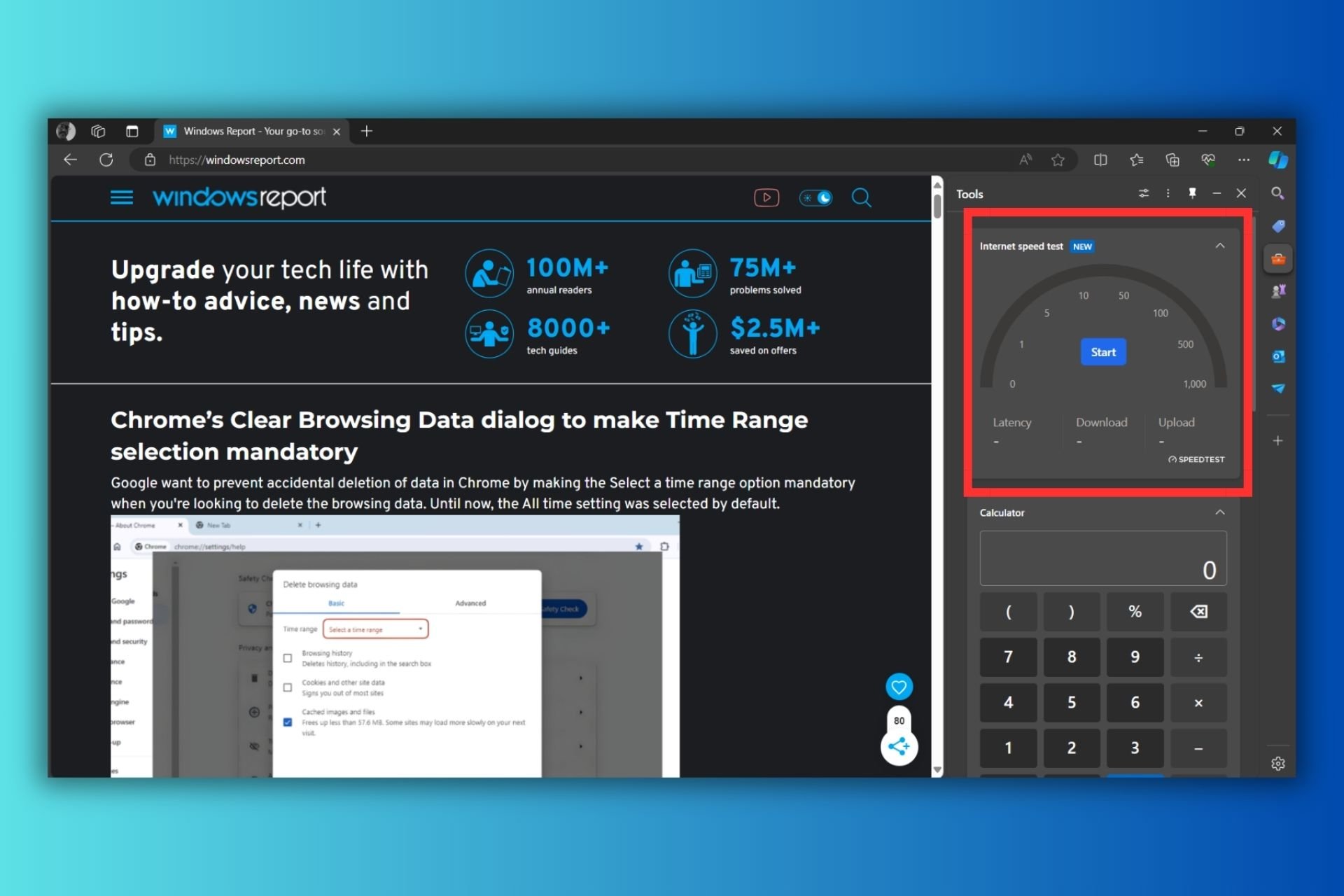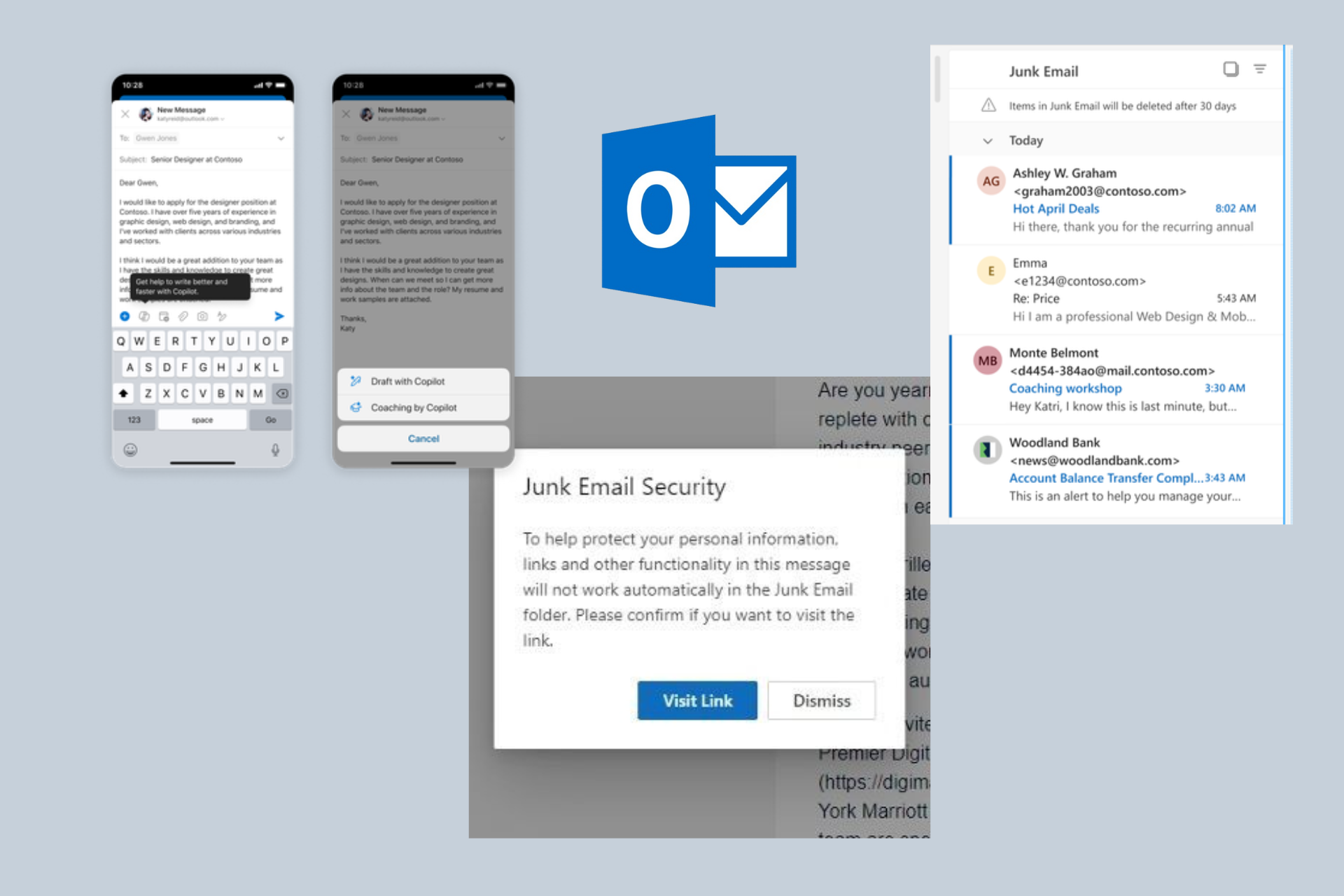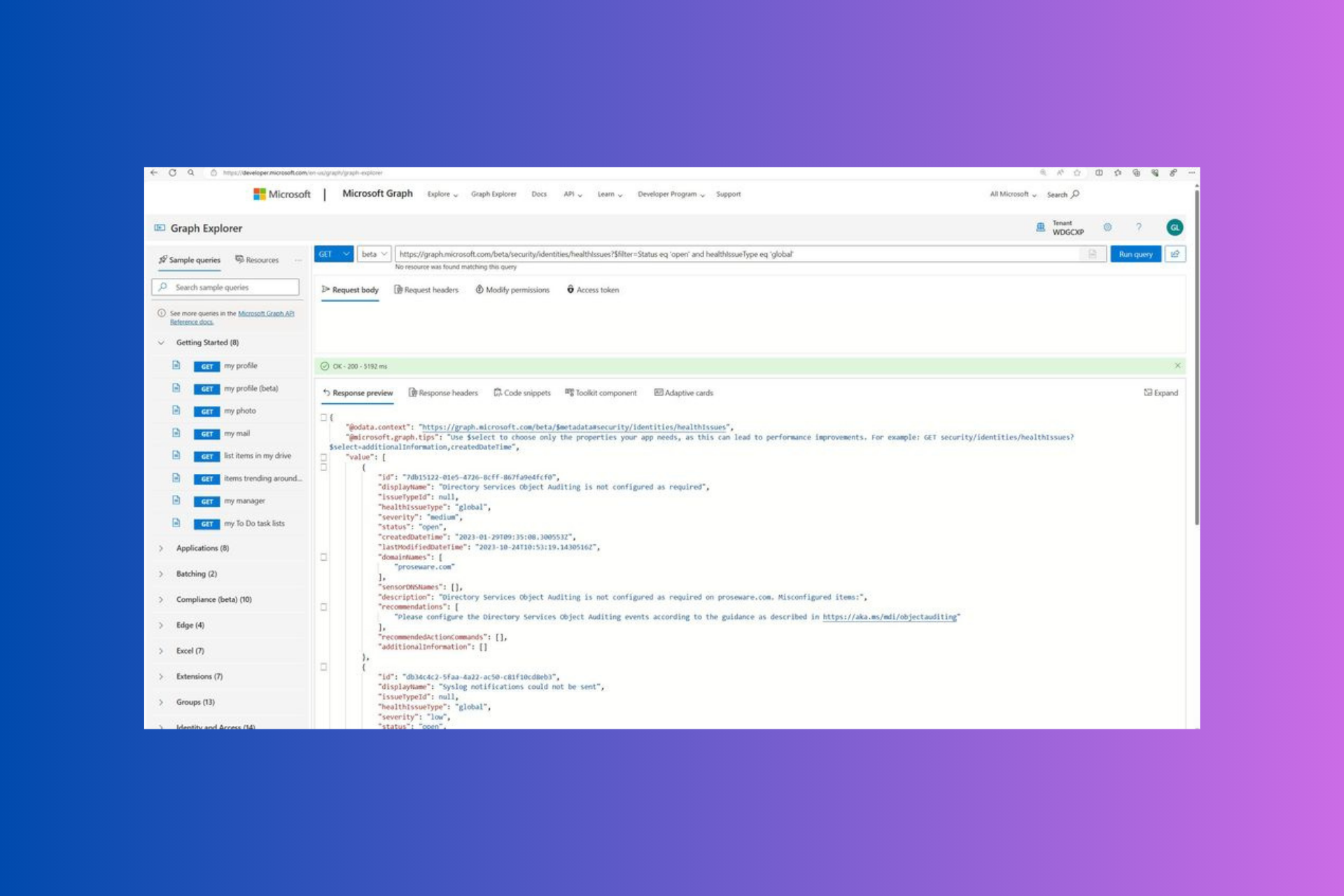Windows 10 20H1 update will reportedly go RTM in December to follow Azure’s development cycle
3 min. read
Published on
Read our disclosure page to find out how can you help Windows Report sustain the editorial team Read more
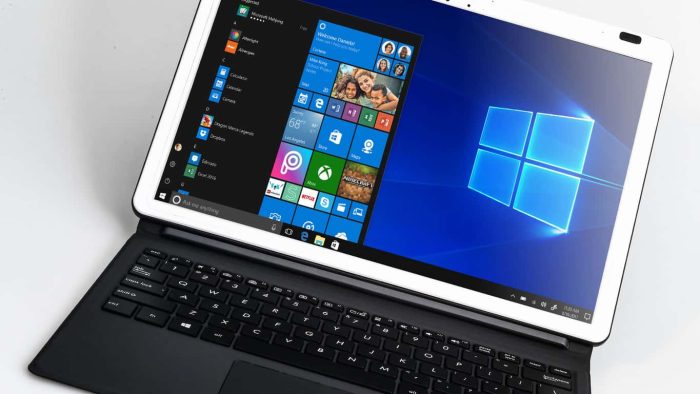
The upcoming 20H1 update for Windows 10 will reportedly be completed a bit sooner than expected. According to new information from Windows Central, the 20H1 update may go RTM as soon as December.
“It was marked as feature-complete internally back in August, and Microsoft has been mostly focused on fixing up bugs and polishing the OS for release ever since,” explained Zac Bowden from Windows Central. “This is why Insiders have not seen any substantial new features in 20H1 builds for a couple of months, because the 20H1 release is done. We’ve got a month or so left of development before Microsoft signs-off on 20H1 in mid-December.”
This December completion date is apparently the result of the recent realignment of the Azure/Windows 10 development cycles, as it was reported earlier this year by ZDNet’s Mary Jo Foley. This change is the reason why we got to test 20H1 bits so early this year, and also why the upcoming November update (19H2) will be minor release instead of a proper feature update like 20H1.
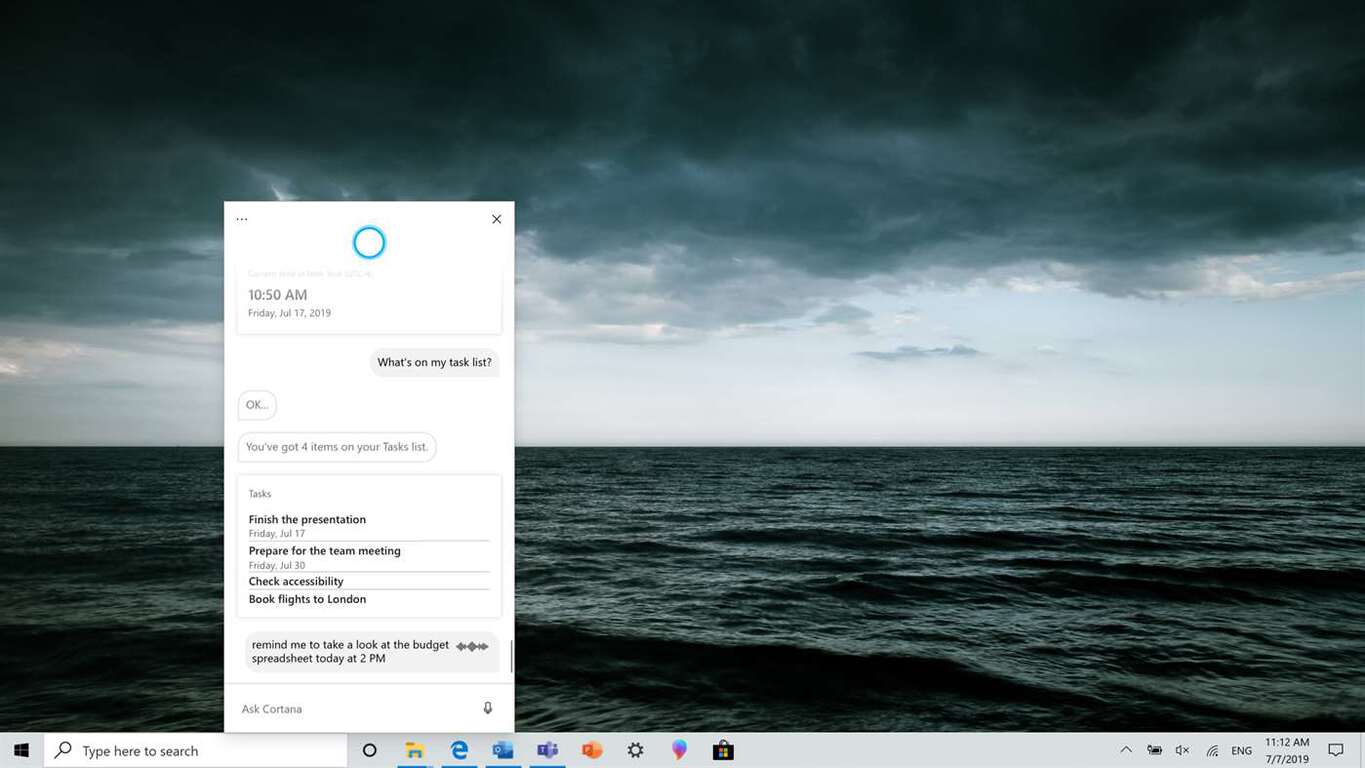
With Microsoft being almost done with the 20H1 update, the company will reportedly go back to two major updates per year in 2020. The Windows 10 20H2 update, which will ship in the second half of 2020, should soon make its way to the Windows Insider Skip Ahead ring. Windows Central reports that this new coordinated Windows 10/Azure development cycle means that the 20H2 update should go RTM in June, alongside Windows 10X, the new version of Windows 10 that will ship on the dual screen Surface Neo.
Now that 20H2 can RTM earlier in the year under the new dev schedule, Microsoft can use 20H2 as the shipping version of Windows 10X that’s preloaded onto devices like the Surface Neo. This means Windows 10X will RTM in June alongside 20H2, and not with 20H1 as we had initially assumed. Microsoft needs the extra development time to make sure Windows 10X is as good as it can be at launch.
Now that Microsoft is set to complete new Windows 10 feature updates in December and June of each year, does this mean that we can expect these updates to roll out sooner to the public. That’s not guaranteed yet according to Windows Central, which believes that “Microsoft may decide to keep pushing out new feature updates in the spring and fall, utilizing the Slow and Release Preview ring for extensive testing of the final build before it goes to the public.” This would probably be for the better, as the public rollout of Windows 10 version 1903 wasn’t exactly smooth sailing (again). As an example, it took months for Microsoft to fix a compatibility issue affecting its own Surface Book 2 hardware.




